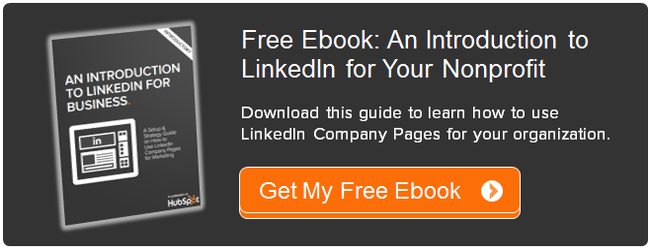 Imagine you're planning your next New York City regional alumni event and you want to search for a restaurant that your Red Sox loving alumni would enjoy.
Imagine you're planning your next New York City regional alumni event and you want to search for a restaurant that your Red Sox loving alumni would enjoy.
Instead of spamming your alumni and asking them what restaurant they would want in a survey, you can simply use Facebook Graph Search and a few specific keywords to find the perfect spot.
This is an example of social donor management, the methodology that is aimed at connecting the social activity and data of your alumni with your advancement team's fundraising efforts. You can see below that we found a restaurant that Boston College alumni (and Red Sox fans) in New York City would love:

Traditional ways of engaging alumni are not in line with how alumni want to engage with their alma mater. Reunions and phonathons used to be the only ways advancement professionals could build relationships with their greater alumni base. And before social media, alumni directories were the primary way for collecting alumni information and sparking alumni networking groups. But now, we live in an age where you can find everything about your classmates on Facebook -- leaving reunions obsolete -- and professional information is constantly shared via LinkedIn groups.
According to a report from the Council of Advancement in Support of Education, 90% of higher education and independent schools use social media for their advancement efforts. However, in our conversations with our partners in this space, we have found that many of these efforts are aimed at donors at the bottom of the fundraising pyramid and rarely focus on acquiring major gifts, which is a very important initiative for most institutions. Expanding your engagement on social media with all alumni, from your casual, smaller donors, to your major contributors, is going to allow you to build a bigger online community and expand your channels for gifts of all sizes.
Bring Your Alumni Database to Life
Identifying an alum’s willingness to give back to their alma mater can be better understood by knowing their Facebook activity with your school's Facebook page. Likewise, alumni professional career data on LinkedIn can help indicate an alum’s capacity to give, depending on their current employer, position, location, and industry they work in.

With LinkedIn and Facebook as a foundation, your school can start implementing social donor management to build, analyze, and engage your alumni community.
While reports show that there remain skeptics about the importance of social media in alumni relations, social donor management is aimed at repositioning social media to align with existing institutional priorities. By combining existing demographic data and social media activity, you can build your case for investing in social media to engage those current and potential donors online. Instead of blasting your alumni’s mailboxes with requests for information about their lives, social donor management starts with what is already available online.
In short, accurate data from social media means better insights into your alumni, which means effective alumni engagement and higher results for your next fundraising campaign.
Implementing Social Donor Management With LinkedIn
So where can you begin to use social donor management at your school? Fortunately, there are many free resources, including Facebook’s Graph Search (mentioned earlier), but also LinkedIn -- which provides a number of free tools to use. Here are some of my favorite:
- LinkedIn member data provides massive amounts of professional information about your alumni community. From a sample size of over 200 schools, we’ve seen an average 60% match rate of alumni database records compared to LinkedIn member's information.
- LinkedIn’s “Find Alumni” tool, found under the Network tab, can provide high level insights into where alumni live and work, and also help with regional planning for events and campaigns. It may also help you understand what organizations alumni support so that you can reach out for matching gifts.
- LinkedIn’s “Advanced Search” feature also allows advancement offices to search for alums by specific information, such as what alumni are executives at Fortune 500 companies and by industry type. Check out our checklist for using LinkedIn in advancement to get the most out of this channel.
Whether you use LinkedIn, Facebook, or any other social network, having a social media presence is so important when staying connected with graduates. Using the data that is available on social channels can help you take your advancement up a notch and target the right alumni at the right time with the right messaging.
Earlier this month we teamed up with HubSpot for a webinar on insights and practical advice for Social Donor Management, and how it can help you build a presence with your alumni and identify potential donors. Check it out if you're interested in learning more on the subject.











